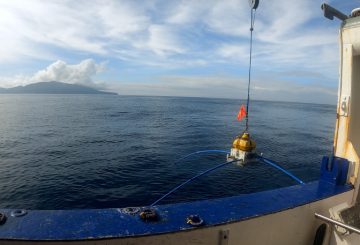국경 재개통과 여행자 및 유람선의 귀환으로 말보로의 공항과 항구 수가 COVID 이전 수준에 맞게 회복되었습니다.말버러 지역 의회 산하 MDC 홀딩스의 자회사인 포트 말버러와 말버러 공항 모두 2022-23 회계연도에 개인 기록을 세웠습니다.
뉴질랜드 포트 말버러의 워렌 맥나브 (Warren McNabb) 회장은 회사가 기록적인 매출을 달성한 이후 한 해를 “뛰어난” 해라고 설명했습니다.그러나 그는 일부 실적은 일회성에 그쳤으며 회사가 금리 인상의 영향을 받기 시작했다고 경고했습니다.매출은 4,100만 달러를 기록했는데, 이는 전년도 3,440만 달러에서 10여 년 만에 가장 높은 수치입니다.항구의 유일한 주주인 MDC 홀딩스는 440만 달러의 배당금을 받았습니다.
포트 말버러의 CEO인 라이스 웰번 (Rhys Welbourn) 은 운영 증가로 항구의 탄소 배출량이 10% 증가했다고 언급했습니다.이 문제를 해결하기 위해 항구는 소나무 재배에서 토종 및 활엽수 품종으로 전환하여 상업림을 영구적인 “탄소 흡수원”으로 탈바꿈시킬 계획입니다.그러나 Welbourn은 항만 비용의 70% 가 고정되어 있고 증가하고 있으며 올해 보험료만 해도 40% 인상되고 있다고 언급하기도 했습니다.
말버러 공항의 재무 매니저인 애드리안 페리스 (Adrian Ferris) 는 2022-23 회계연도가 “부활하고 있다”고 말했다.공항의 매출은 기록적인 470만 달러를 기록했지만 수익은 4만 달러 미만으로 미미했습니다.그럼에도 불구하고 Ferris는 활주로 재밀봉과 같은 일부 요인이 장부에 상당한 영향을 미쳤으며 공항의 수익성을 정확하게 반영하지 못했다고 지적했습니다.2023년 말 기준 550만 달러로 예상되었던 이 공항의 부채는 결국 302만 달러로 늘어났습니다.데이비드 크로드 말버러 부시장은 공항의 성과를 칭찬했습니다.




























































